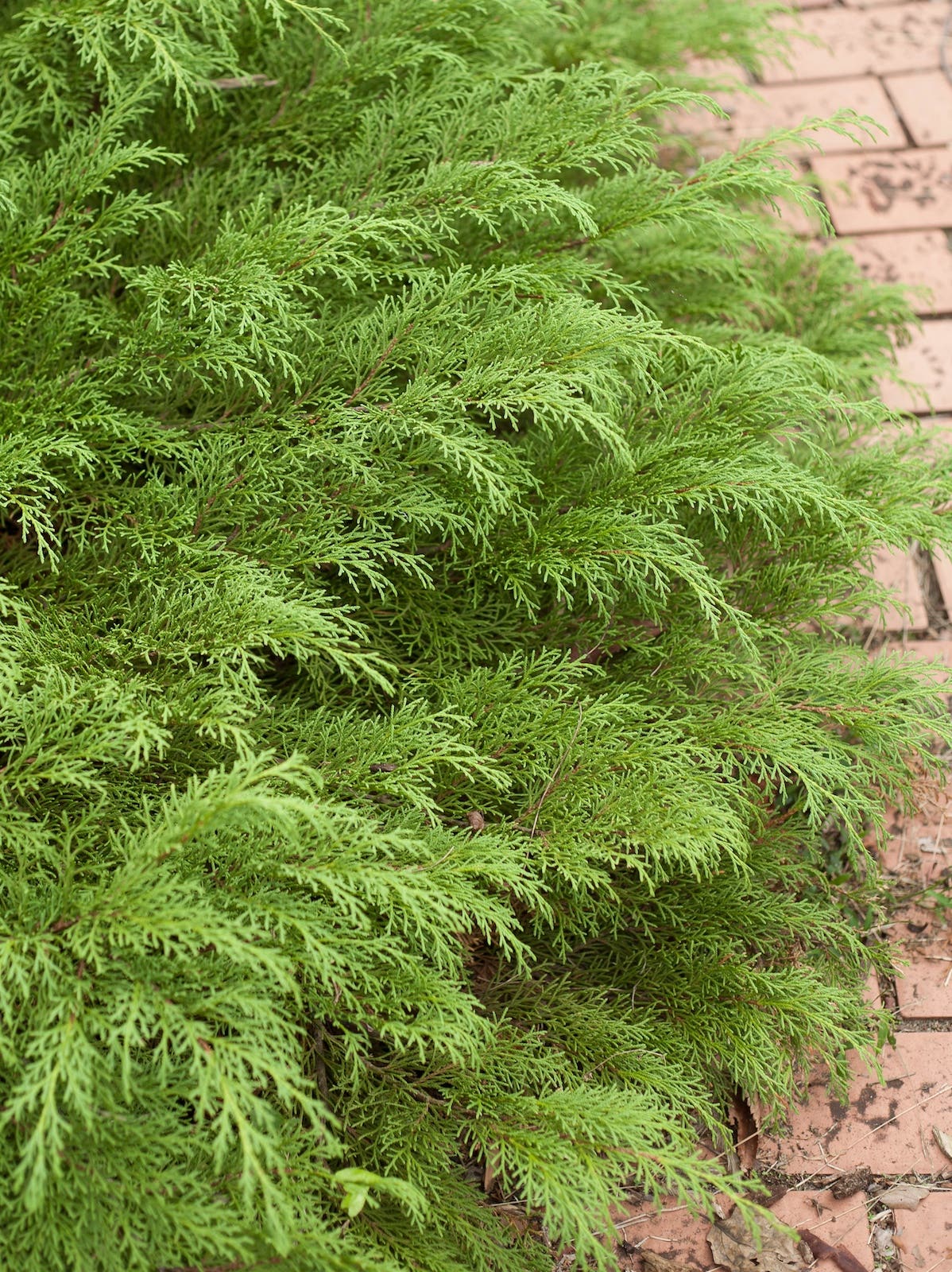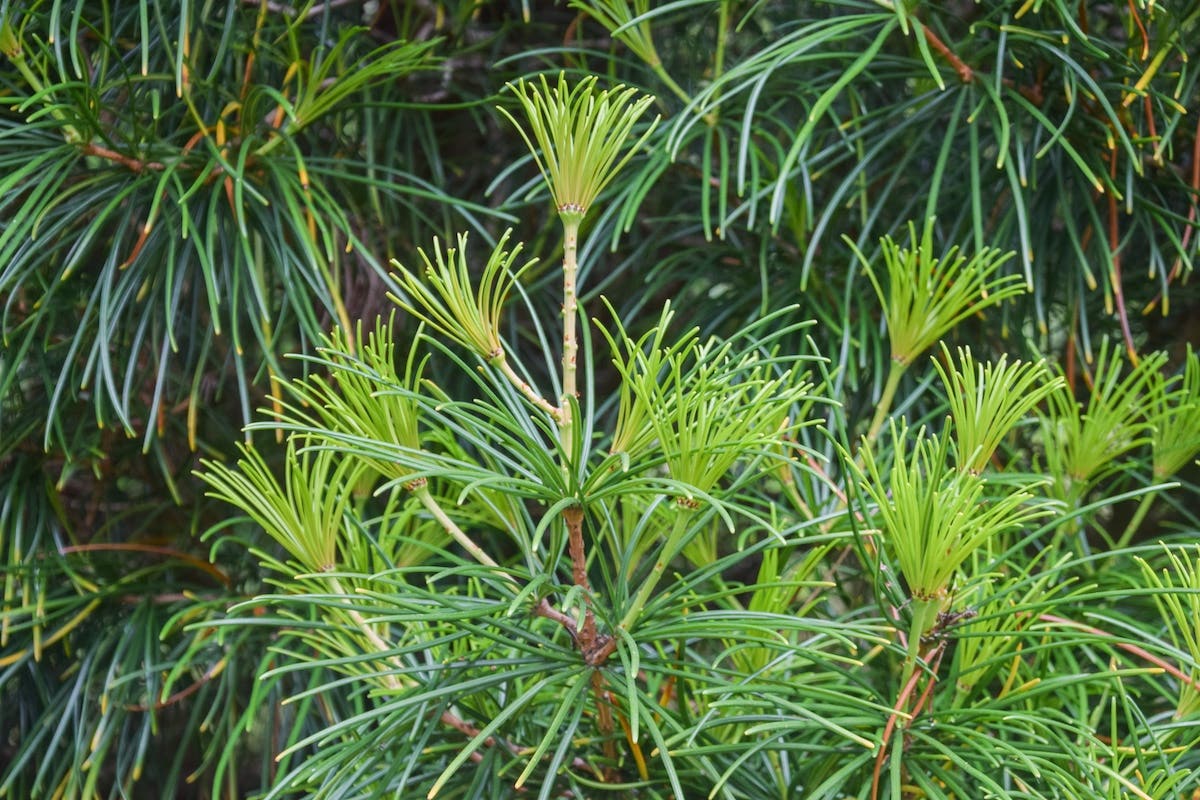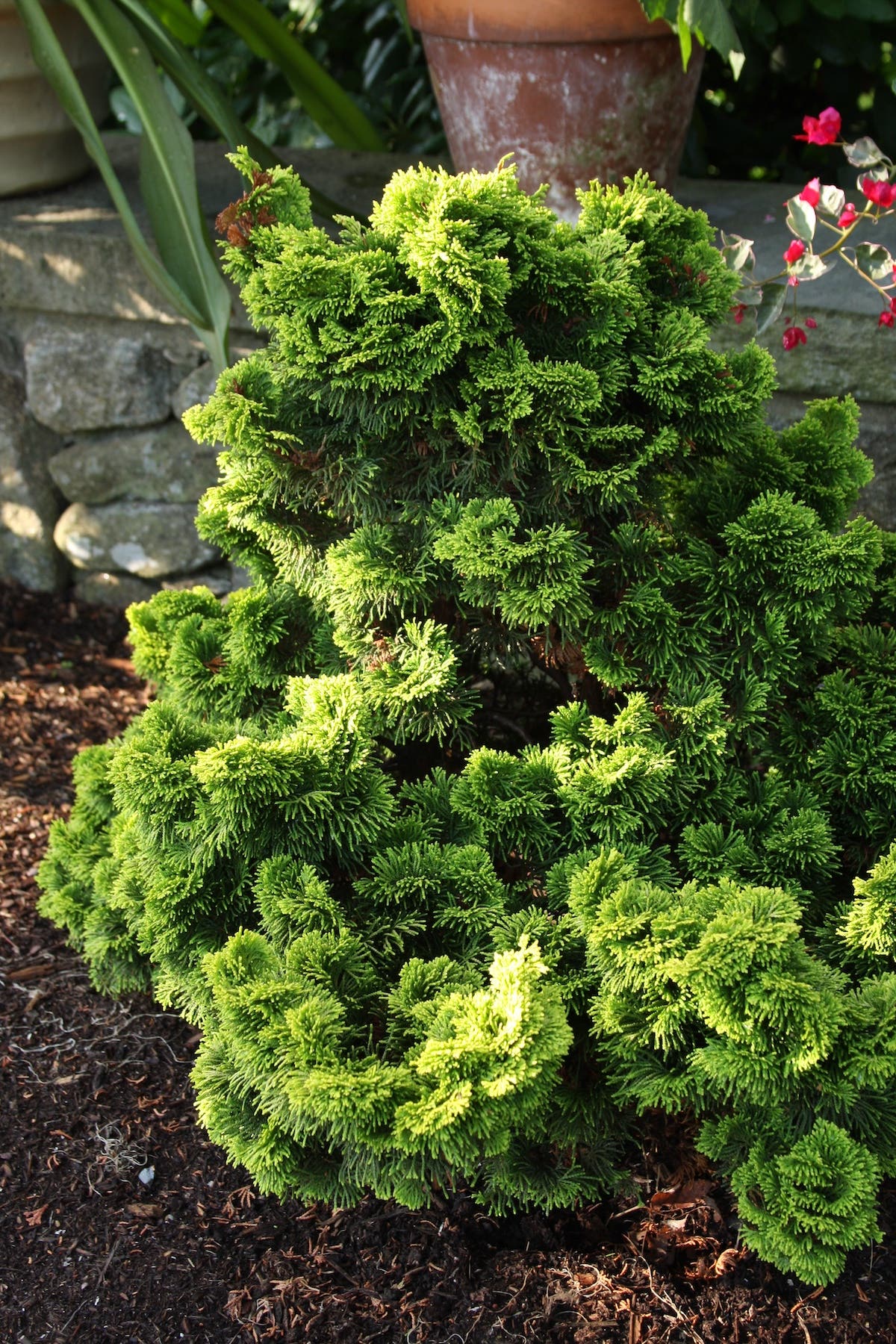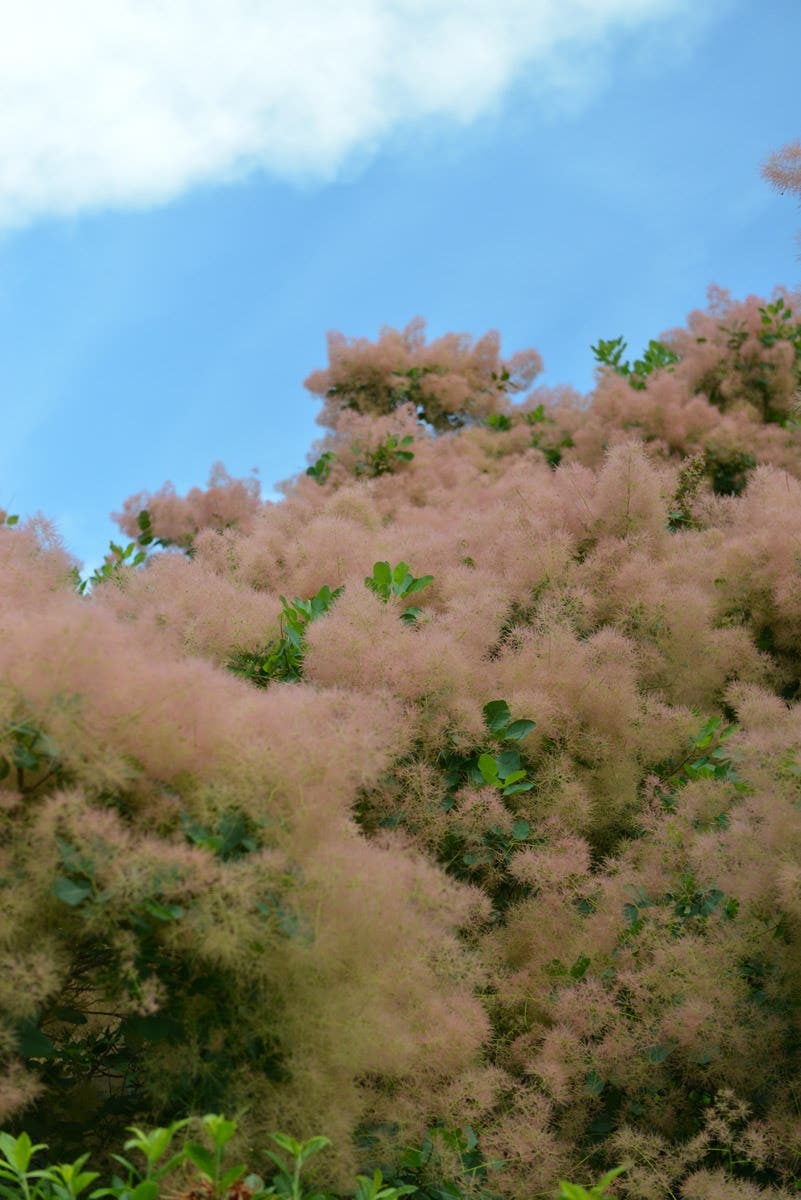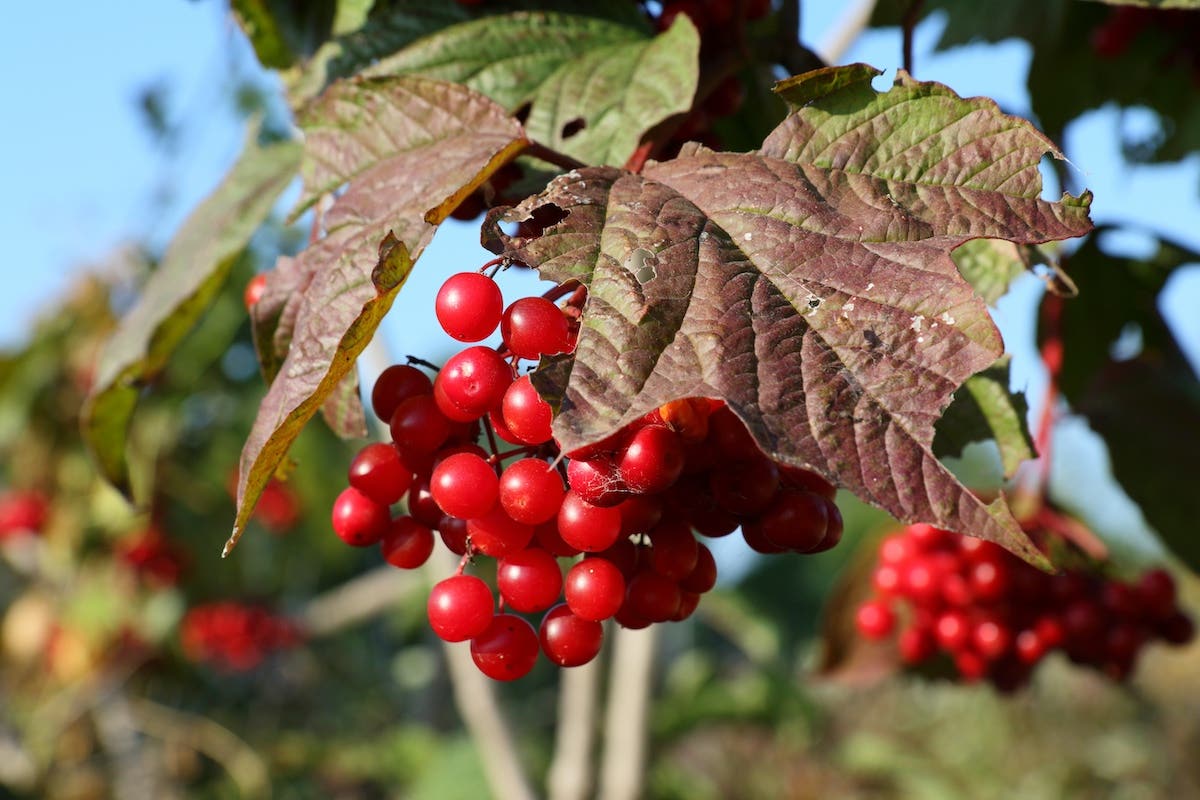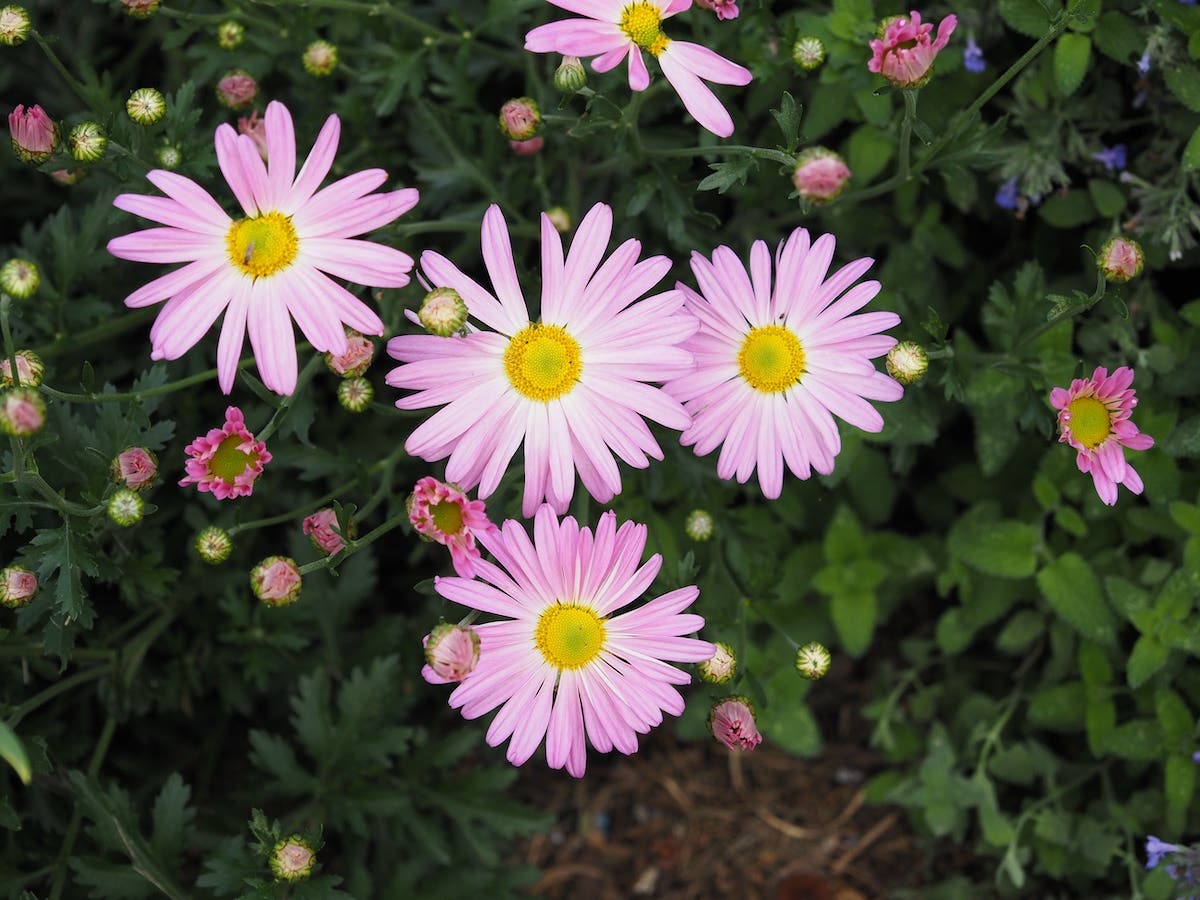Black Cohosh Contributes Dramatic Summer Flowers to the Shade Garden
Black cohosh, or Actaea racemosa, thrives in shade gardens, where its white bottlebrush flowers add brightness in the summer. This native perennial is easy to grow.
Black cohosh (Actaea racemosa) is a must-have shade-garden plant because it blooms in mid-to late summer. This native perennial's incredibly tall spikes of white flowers catch our attention, and that of pollinators, too. Additionally, its bulky mass of bold-textured green foliage blocks out weeds and provides contrast to finer-leaved or variegated shade plants.
Common name: Black cohosh, bugbane, black snakeroot, fairy candles
Botanical name: Actaea racemosa; previously Cimicifuga racemosa
Origin: Woodlands across much of the eastern United States and Canada.
Flowers: From mid- to late summer, bottlebrush-like flowers bloom on stems that hold them well above the foliage. Flower stalks grow to four feet or taller. They are fairly sturdy, but they may lean and stretch toward any light when grown in deeper shade. Butterflies, moths and bees visit the flowers.
Foliage: Medium green in color, the compound leaves are made up of numerous leaflets, which have toothed edges. This arrangement creates a coarse texture similar to a large astilbe. Cultivars 'Brunette' and 'Atropurpurea' have purple to bronze-tinged leaves.
Size and habit: Actaea racemosa is an herbaceous perennial with a shrublike growth habit. It forms a rounded mound of leaves reaching two to three feet tall and wide. Flowering can double its total height. This growth and flowering habit allows for some flexibility in placement; black cohosh can be placed in front of companions with similar or taller height than its foliage mound. Though tall, its airy flower stalks allow a view through to the plants behind.
Growing black cohosh
Exposure: Part shade, dappled light or full shade
How to grow it: Plant Actaea racemosa where it will receive fewer than four hours of direct sun each day. Avoid afternoon sun, which can scorch the leaves. This woodland perennial will grow well and flower in all-day dappled light or full shade, too. It prefers rich soil that maintains consistent moisture. In these conditions, it is an easy and low-maintenance plant. It can be slow to establish and reach its full potential, but once settled it proves a long-lived and reliable member of the shade garden. It can slowly spread by rhizomes to fill gaps, but it is not aggressive. USDA Zones 3–8.


